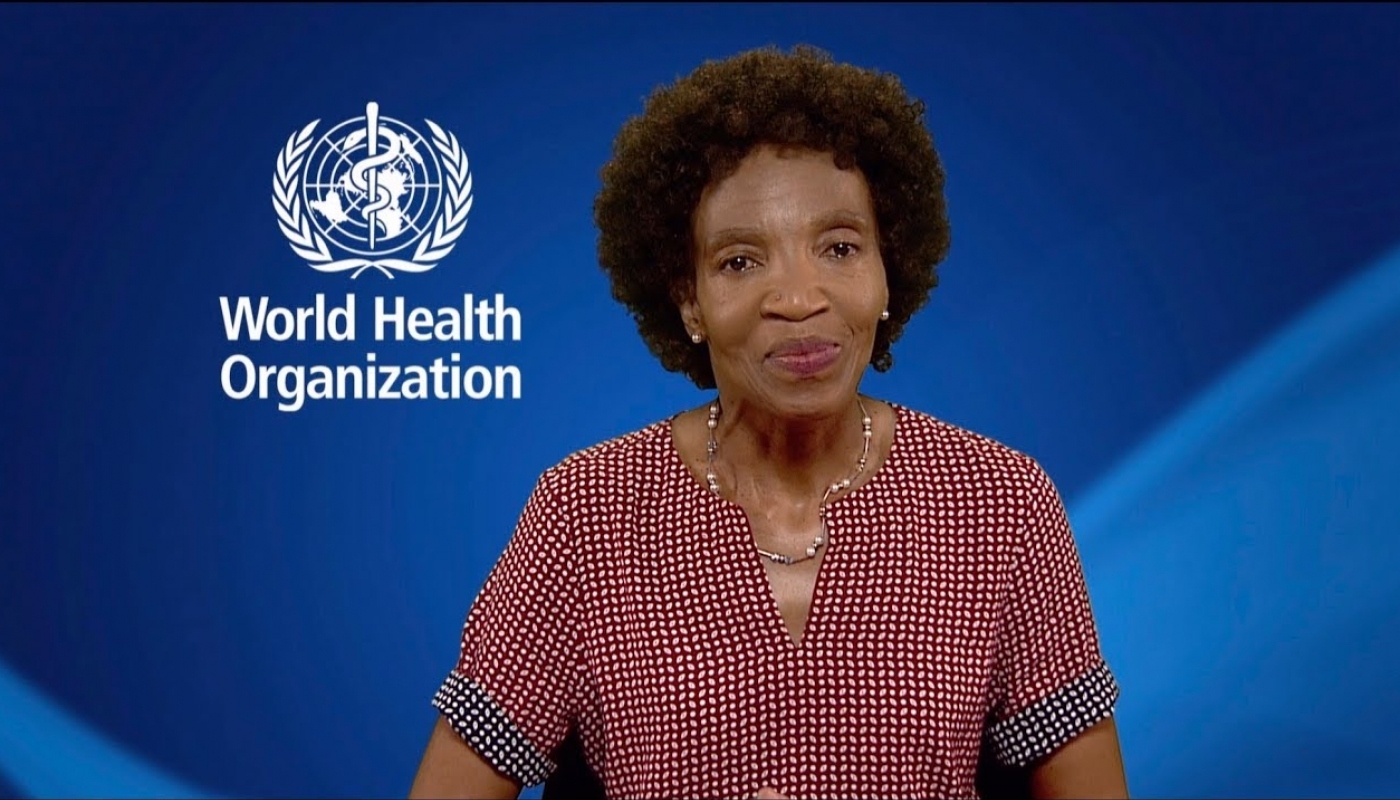KUALA LUMPUR, April 12 – World Health Organization (WHO) scientists have found that one dose of the human papillomavirus (HPV) vaccine provides comparable protection as two doses against the virus that causes cervical cancer.
This was the conclusion of a review by the WHO Strategic Advisory Group of Experts on Immunisation (SAGE) of evidence emerging over past years that single-dose schedules were as effective as two or three-dose regimens.
“This could be a game-changer for the prevention of the disease; seeing more doses of the life-saving jab reach more girls,” SAGE said in a statement yesterday.
SAGE highlighted the slow uptake of the HPV vaccine, with coverage in countries much lower than the 90 per cent target. In 2020, global coverage with two doses was only 13 per cent.
More than 95 per cent of cervical cancer, which is the fourth most common type of cancer in women globally, is caused by sexually transmitted HPV. Ninety per cent of these women live in low- and middle-income countries.
SAGE recommended updating dose schedules for HPV as follows:
- one or two-dose schedule for the primary target of girls aged 9 to 14
- one or two-dose schedule for young women aged 15 to 20
- two doses with a 6-month interval for women older than 21
Immunocompromised individuals, including those with HIV, should receive three doses if feasible, and if not, at least two doses. There is limited evidence regarding the efficacy of a single dose in this group, said SAGE.
“This single-dose recommendation has the potential to take us faster to our goal of having 90 per cent of girls vaccinated by the age of 15 by 2030,” said WHO assistant director-general Dr Princess Nothemba (Nono) Simelela.
WHO attributed the low coverage of HPV vaccines to supply challenges, programmatic challenges and costs related to delivering a two-dose regimen to older girls who are not typically part of childhood vaccination programmes, as well as the relatively high cost of HPV vaccines, especially for middle-income countries.
“The option for a single dose of the vaccine is less costly, less resource intensive and easier to administer,” said Dr Simelela.
SAGE chair Dr Alejandro Cravioto said the HPV vaccine is highly effective in preventing HPV serotypes 16 and 18 that cause 70 per cent of cervical cancer.
“SAGE urges all countries to introduce HPV vaccines and prioritise multi-age cohort catch up of missed and older cohorts of girls. These recommendations will enable more girls and women to be vaccinated and thus, prevent them from having cervical cancer and all its consequences over the course of their lifetimes.”












